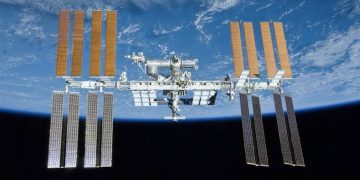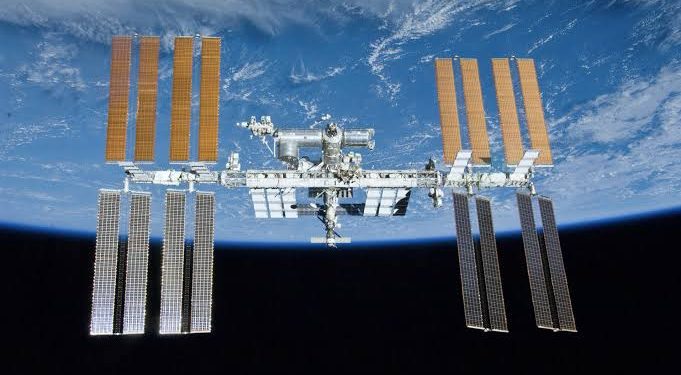By John Ikani
NASA says it plans to retire the International Space Station (ISS) in 2031 by crashing it into an uninhabited stretch of the Pacific Ocean.
In a report this week, the US space agency said the ISS will crash into a part of the ocean known as Point Nemo.
This is the point furthest from land on planet Earth, also known as the spacecraft cemetery.
Many old satellites and other space debris have crashed there, including the Russian space station Mir in 2001.
The ISS – a joint project involving five space agencies – has been in orbit since 1998 and has been continuously crewed since 2000. More than 3,000 research investigations have taken place in its microgravity laboratory.
However it is only approved to operate until 2024 and any extension must be agreed by all partners.
According to Phil McAlister, Director of Commercial Space at NASA Headquarters, future space activities close to earth will be led by the commercial sector.
“The private sector is technically and financially capable of developing and operating commercial low-Earth orbit destinations, with NASA’s assistance,” he said.
“We look forward to sharing our lessons learned and operations experience with the private sector to help them develop safe, reliable, and cost-effective destinations in space.”
NASA recently published a transition report detailing plans for the final years of the space station, which is expected to be funded for operation through 2030.
“While the ISS will not last forever, NASA expects to be able to operate it safely through 2030,” the report says.
When the program has reached the end of its lifespan, NASA intends to “de-orbit” the ISS over an uninhabited part of the South Pacific Ocean called Point Nemo.
Mission control will use a series maneuvers to lower the altitude of of the station’s orbit and line it up for its descent, before it finally comes down at Point Nemo in January 2031.
Thee Russian Progress spacecraft will be required to pull it out of orbit.


































